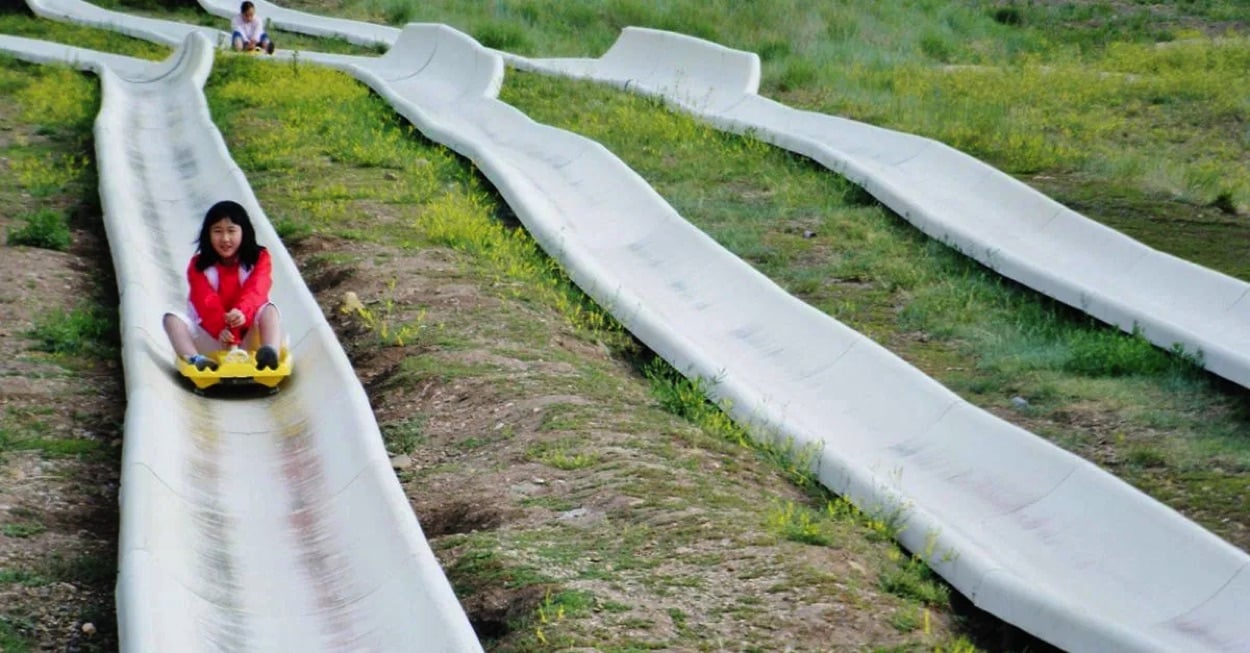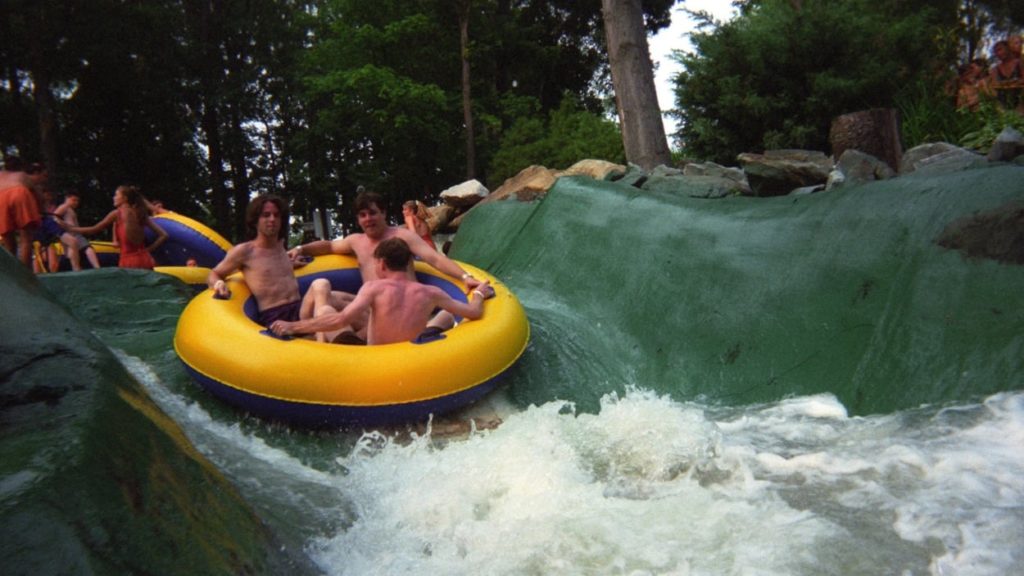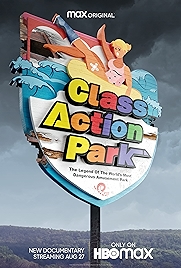Class Action Park is a punning title for a reasonably even-handed documentary about Action Park, Vernon, New Jersey, a trailblazing theme park when it opened in the 1970s, which later became infamous on account of the number of accidents and deaths that happened there.
It was the brainchild of Gene Mulvihill, a disgraced Wall Street trader who realised there was money to be made from a park that varied its offer with the seasons – by winter a ski resort, a water park in summer.
“Uncle Gene” is what the teenagers in his employ affectionately called him, and it’s their testimony that forms the bulk of Seth Porges and Chris Charles Scott’s film. Though it’s decades later, many of them are still beaming ear to ear as they recall some of Mulvihill’s madder excesses.
The rides were designed “on the fly” and not by trained engineers, for instance, and Mulvihill would often add his own embellishments. Like in the Cannonball Loop, an enclosed water slide with a full loop near the end. Mulvihill paid teenage workers $100 to test it before it opened. Some ended up with lacerations, others lost teeth.
Other rides included the Speed Slide. People got on and would hit speeds of up to 60mph. The ride would “shoot water up their assholes”, according to one witness. Or the very popular Tarzan Swing – a rope hanging high over a pool, which kids would swing from to cries of “Pussy!” and “You suck” from below.
Most notorious of all was the Alpine Slide. It was made of concrete and fibreglass and asbestos and there was a real risk of spinning off at any point. Loss of skin was common, as were collarbone injuries.
The Wave Pool, known to insiders as the Grave Pool, was murky with sewage and the lifeguards couldn’t see the bottom well enough to detect if someone was lying there. They referred to the lifeguard chair as the death chair.
Motor World, a car-themed sister park next door, was right next to the beer tent. The park also featured an entire German brewery. The Oktoberfest was particularly popular (and what a way to extend the season!).
Advertising from the time makes all this look hellishly exciting and it was undeniably very popular, because danger is exciting. “The last decade of unsupervised fun for kids,” is how one interviewee describes it, nailing in a sentence the USP of this film – it talks to our current risk-averse times, without ever being silly about it.
The flipside of all this is the way that Mulvihill dealt with genuine grievances. We hear from Esther Larsson, whose son died at Action Park in 1980, on the Alpine Slide. Mulvihill responded to her in the way he did to all complaints. He ignored her.
More generally, whenever a law suit landed on his desk, Mulvihill refused to respond, kicking it down the road for as long as possible, waiting for the plaintiff to give up. Ironically for a man trading in movement, inertia was his weapon here. If he did get fined, he simply refused to pay up. All the while selling himself as a libertarian trailblazer and a brave man fighting the killjoy regulators, who were clearly not doing even the minimum that their job entailed.
How slender those 1970s/80s Americans are in the archive footage and it is so obviously a completely different era, before gaming and smartphones took over. Looking back, former employees also realise how different things were, and how they were being exploited while also having the time of their lives.
Action Park went bankrupt in 1996, finally brought down by law suits Mulvihill couldn’t dodge. It didn’t help that Mulvihill had lost his source of ready cash on Wall Street and with it the shady connection to the Cayman Islands. Maybe the whole endeavour was a glorious financial loophole from the beginning, though this film’s strengths is its testimonies not its financial sleuthing.
It could never happen now and quite possibly shouldn’t have happened then is the film’s broad conclusion. Put another way, it was fucked up but it was fun.
© Steve Morrissey 2021


